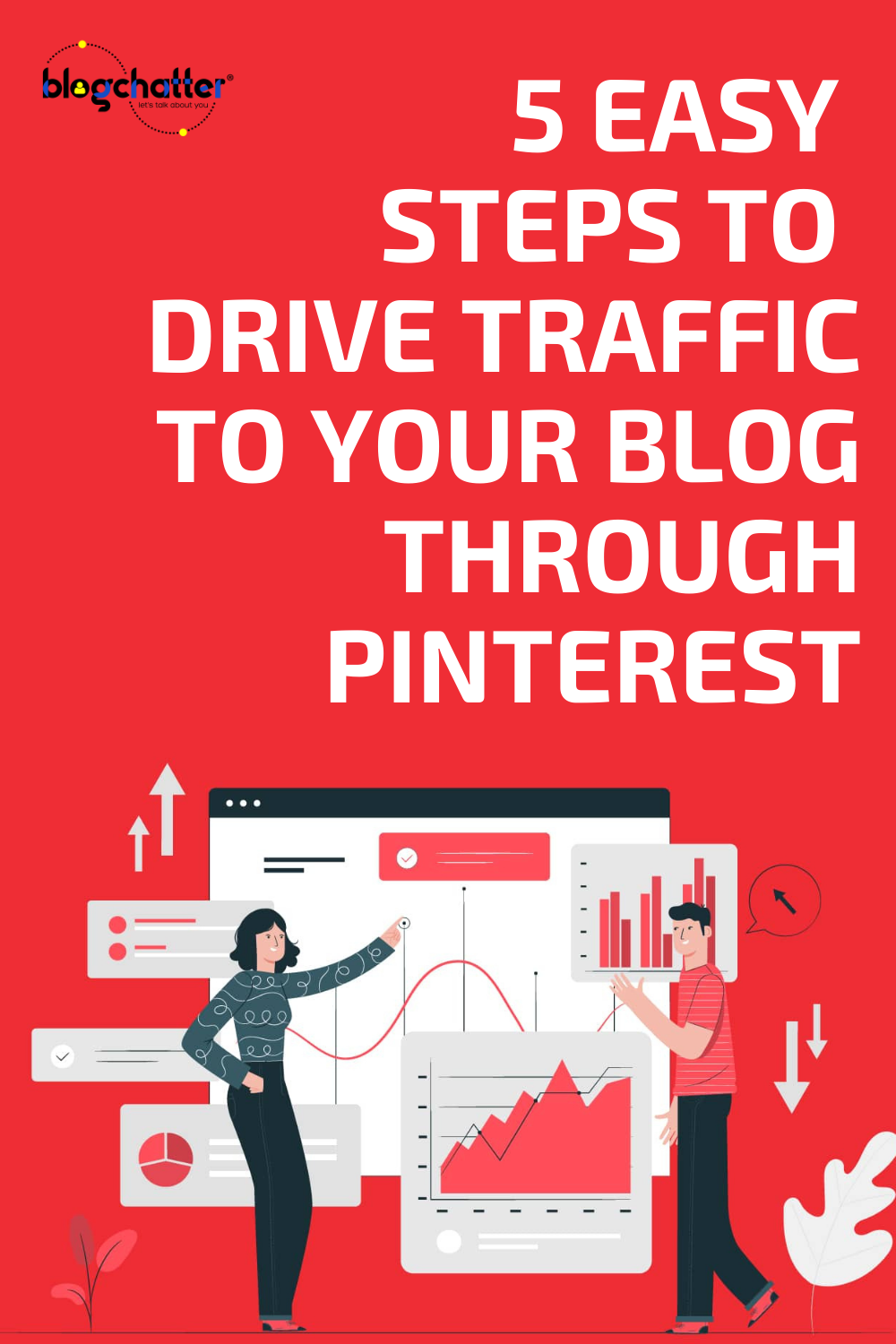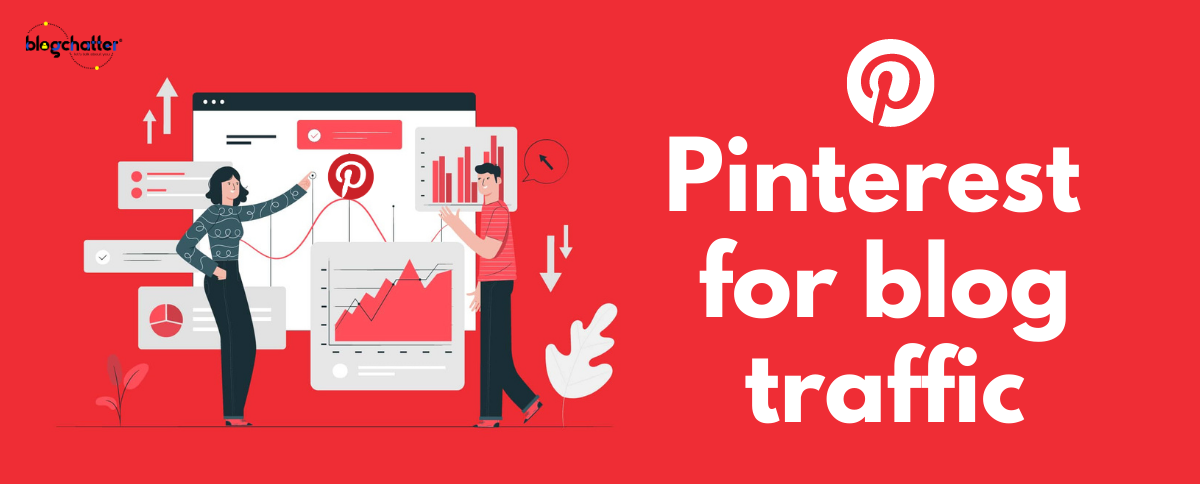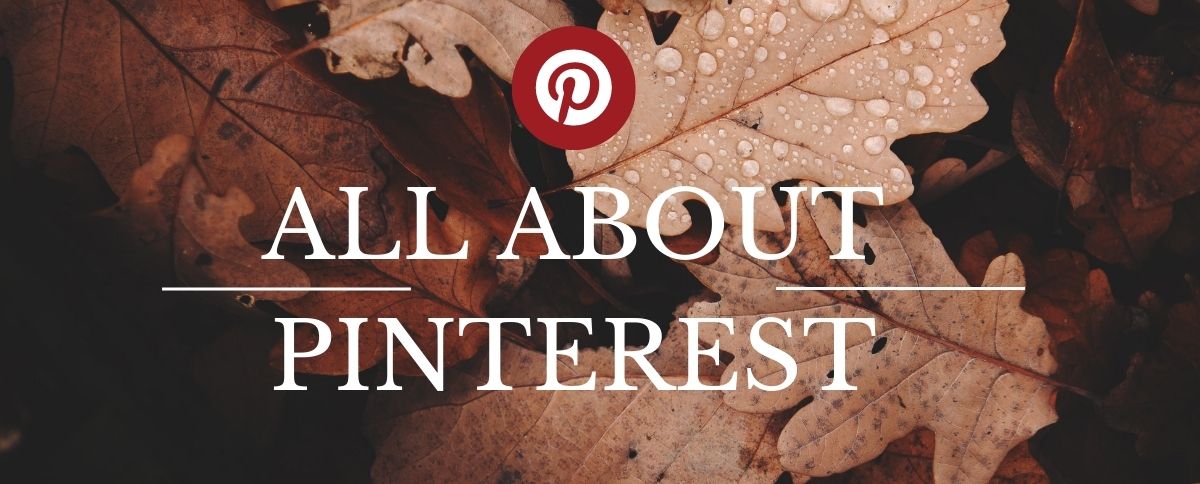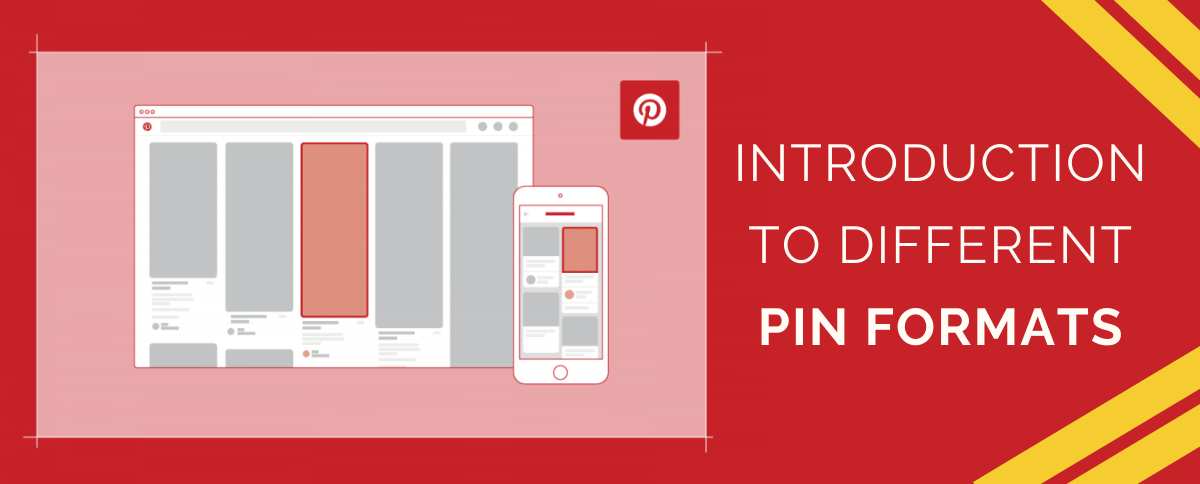Pinterest is my favorite social media when it comes to promoting my blog. This is the only social media platform where you don’t need to get into the rat-race of gaining followers and likes. You can just focus on writing great blogposts, creating beautiful pins, and attracting new readers to your own blog site.
I’m still learning, but here I have shared some useful tips that have worked for me on Pinterest.
I. Set your profile right
If you already have a Pinterest profile, use this checklist to see if you have done all of it. If you are new, follow these steps.
- Include relevant keywords that describe your blog in your Pinterest profile name and bio.
- Create a business account because you are a content creator and not just a user.
- Claim your website! This means the Pinterest profile belongs to the creator of this blog. Also claim your Facebook and Instagram pages on Pinterest, if you have them.
- Next step is to brand your profile. Use Canva to design a cover image and profile image which goes with the color themes and styles of your blog. You can add your logo into the images.

II. Create relevant boards
Create a board called “Best of
III. Work on the visual appeal
Pinterest is a visual medium as well as a search engine. It’s also an ever-changing medium since it’s relatively new. Before the latest Pinterest update, boards played a great role in creating the first impression on anyone who lands on your profile. The first thing you’d see right after you scroll the profile bio would be “featured boards”.
Well that’s past now (for now). At present, the first default view you see is that of the latest Pins created by the blogger, that is, the latest pins from the “claimed website”. If you click on the tab “Saved”, only then you can see the boards. Let’s see what you can do to enhance the visual appeal of your Pinterest profile and get users hooked to yours.
- Pins are now more important than boards.
- Create a couple of templates for your pins and try to use those templates for creating all your blog-pins. Use Pinterest Analytics to find out which of these templates work well.
- Choose the correct color palette. Check out the top pins in your own niche to find out what colors, themes and designs work best in your domain. For example, soothing neutral shades like ochres, willow, light pink work wonders for fashion and lifestyle. Similarly for food blogs, bright food pictures on white background stand out the most. You can also spot a lot of reds and blacks in these pins.
- My learning: Post-specific designs work well for getting organic traffic, consistent designs across blog posts help in getting more followers. You must strike a balance between the two, hence create a set of templates for your blog. My go-to app for pin designs or any kind of graphics needed for my blog is Canva.
- Use a prominent text overlay describing the pin. You have only 3 seconds to catch the user’s attention while he/she is scrolling through the large number of beautiful images on Pinterest. So choose catchphrases, numbers and contrasting colors and fonts to make the text standout on the image.

IV. Work on SEO
While you have the concept of social profile and followers, what makes Pinterest such an amazing traffic driver for blogs is this. If you can optimize the searchability of your pins, you can drive interested audience to your blog without depending on followers. These are the main steps to ensure SEO for your pins.
- Rich Pins: Enabling rich pins for your blog means the information of your blog will be synced to the pin. When someone pins from your blog, the title, description, blog link will be automatically updated in the pin.
- Image Title and Alt Text: Now that you have enabled rich pins, fill in the image title attribute and image alt text, so that the description goes directly to the pin. Have a meaningful description filled with searchable keywords and ending with a few hashtags. Include a call to action like “click to read the full recipe”.
- Board title and description: Board title and description is also an important part of SEO. Always fill in the description field of the board, which will tell the audience as well as the search engine what kind of pins exist in the board.
V. Pinning Schedule
Pinterest rewards creators who engage with the platform frequently and regularly. In this matter it is like other social media platforms like Instagram and Facebook. A lot of bloggers use a paid tool called Tailwind to optimize their schedule. I don’t use any tool but I have the following tips based on my personal experience.
- Quality over Quantity: Content is the King. If you pin poor content, just to increase frequency and get advantage of the algorithm it will backfire. Pinterest can even mark all the pins as spam if a lot of low-quality content is pinned in quick succession. But at the same time do pin regularly from your own blog. I aim to pin 5 different blogs every alternate day.
- Consistent pinning over spurts of pinning: Pinning 5 pins everyday is better than pinning 50 posts on weekends, and nothing throughout the week. That’s why schedulers such as tailwind help people with full-time jobs.
- Join pinning threads in the same genre: Pin-threads work on reciprocation. You must pin say 30 blogs and in return get pinned by the same bloggers. This helps in giving the initial visibility to a new pin. You can also join Tailwind Tribes and Smart loop if you subscribe to Tailwind.
- Learn and regularly check your Pinterest Analytics: Pinterest analytics is self-explanatory. Check them regularly for best performing pins and boards in terms of Impressions, saves and link clicks. That will help you understand what kind of designs work, which boards are effective, etc.
I hope you have a rewarding Pinterest journey. What are some of you hacks for driving traffic to your blog via Pinterest?






